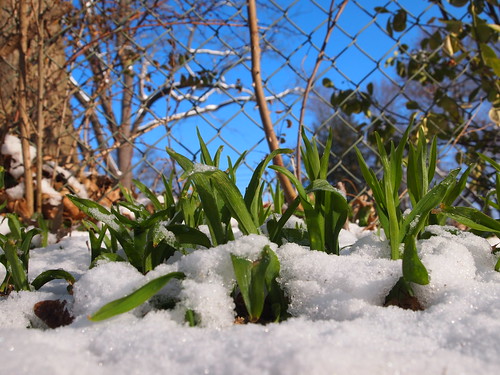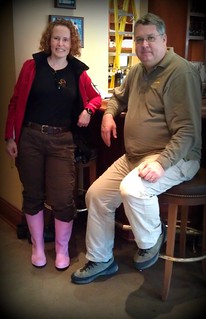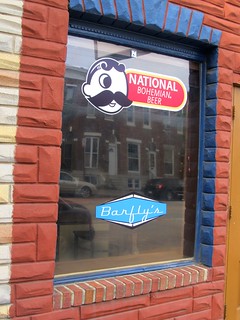It's happened again.
I was asked what my favorite beer was (and, I was asked, as I often am, with a hint of challenge). I answered as I always have: "I don't have one ... yet."
Some form of "Oh, you're being glib," or "Oh, you're avoiding the question," is the usual response, as it was this time. Next comes repetition of the interrogative, but with increasing insistence, and, then, eventual, annoyed dismissal.
Is my answer more evasive than that of someone who is constantly amending his top choice? Such as: "Last week's IPA was epic and life-changing, but this week's sour? Dude, it's monumental." And, what about the next flavor-of-the-moment? Might it be the mind-blowing-est of them all? Until the subsequent?
Yes, there are beers with which I'm familiar, with which I'm comfortable, so-called 'go-to' beers. But, my preferences have, and will, evolve. Current beer choices are many, and the options will change. Breweries will open, and breweries will close. So, no, my response is not an equivocation. I'm simply being forthright about the unknown possibilities.
**************
But, this time around, I did offer a few specifics:
- I'll often choose a lower-alcohol'd beer over one fully-laden. (I'll save the 'session-beer' discussion for another day.)
- I prefer to taste my beer in a full glass. I can't render judgement with an infant-portioned sample. (Maybe I'm just not as discerning as others.)
- I prefer my beer fresh rather than stale. (Although I do enjoy 'cellared' strong beers —and, in fact, have many in my 'cellar'— I just can't understand why anyone would age an IPA, a beer in which the dominant characters —hop aroma and flavor— diminish so rapidly.)
- When appropriate, I'll choose fresh cask ale over packaged beer. (There was that Great British Beer Festival winner in 1999.)
In the end, however, how incredibly boring it would be for me if I would indeed find the 'best' beer. Quest achieved. Game over.
So, no. I'm playing on.
Whitney Balliet —a past writer for The New Yorker— once described jazz as the sound of surprise. Why not beer as the taste of surprise? Inspired riffing on a flavored theme. Jazz in a glass.
Today, there are beers, ignored, waiting to be re-tasted. Tomorrow, there will be beers yet to taste. So, when you ask me what my favorite beer is, I'll tell you, "I don't have one ... yet." Get over it. That's my answer, and I'm drinking with it.
-----more-----



.png)





















